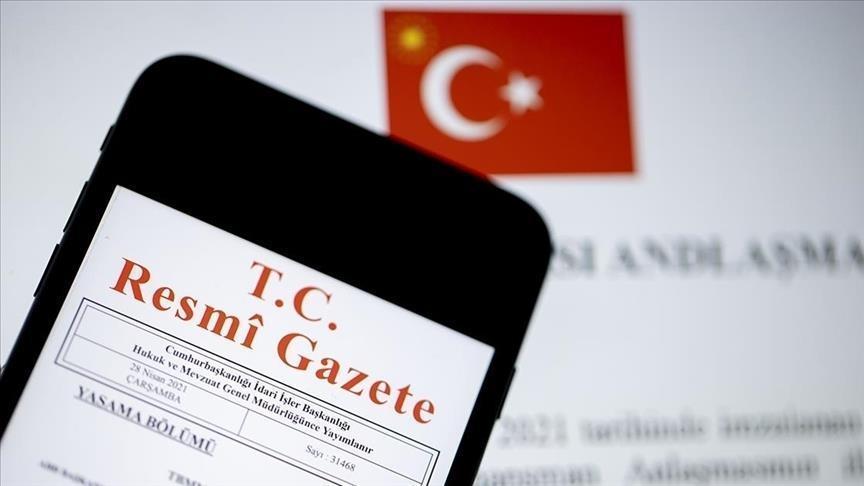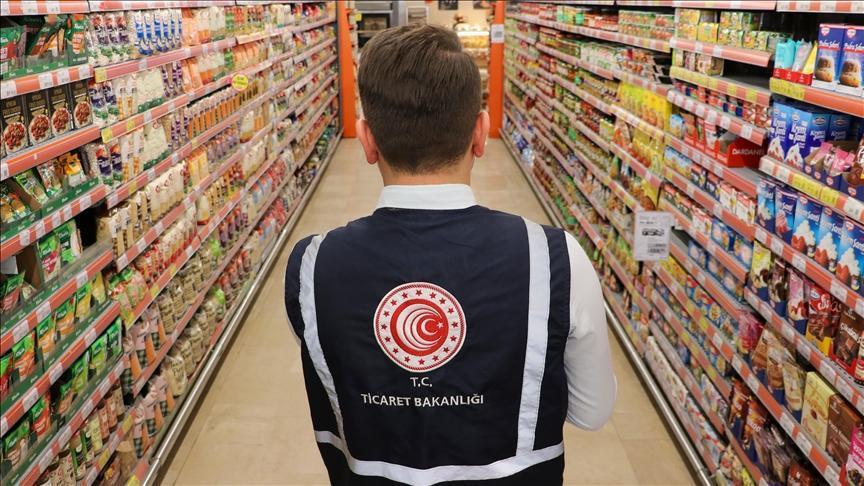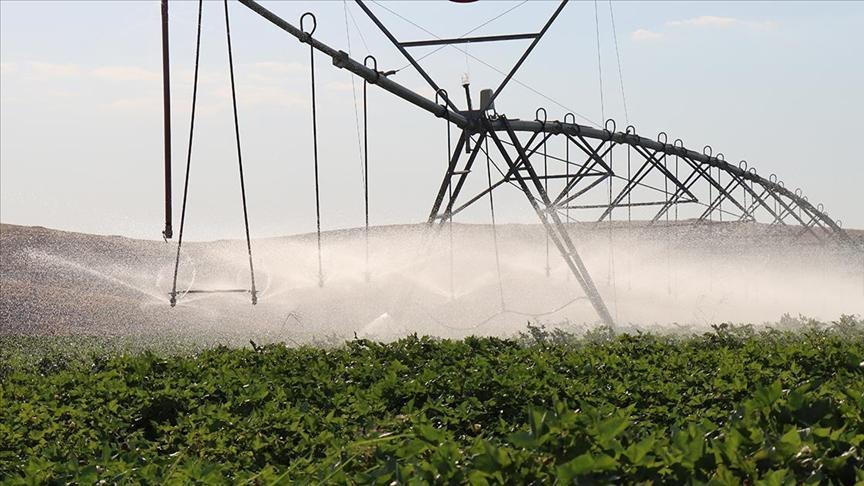Hunting for the prince of mushrooms
Wilco van HERPEN
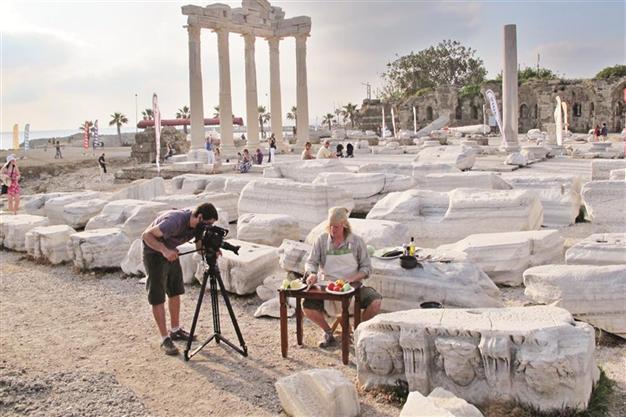 It looks as if Turkey does not have any spring anymore. We had a long and quite cold summer. Then the rain started and suddenly temperatures rose up to summer levels. In the northwestern province of Edirne and its surroundings there was a flood (As always. I wonder why nobody is doing anything about it because for as long as I have lived in Turkey those poor people experience the same problems every year.) In Side in the southern province of Antalya the temperatures during this time of the year are really nice. During the day they are not too hot (nice for hikes) and during the night not too cold. (I sleep with my window open and can hear the sea, in a month people will use air conditioning again.)
It looks as if Turkey does not have any spring anymore. We had a long and quite cold summer. Then the rain started and suddenly temperatures rose up to summer levels. In the northwestern province of Edirne and its surroundings there was a flood (As always. I wonder why nobody is doing anything about it because for as long as I have lived in Turkey those poor people experience the same problems every year.) In Side in the southern province of Antalya the temperatures during this time of the year are really nice. During the day they are not too hot (nice for hikes) and during the night not too cold. (I sleep with my window open and can hear the sea, in a month people will use air conditioning again.)I was on a trip with a mission this time; my aim was to find morels. When you speak with mushroom lovers, the first name listed as the most beloved mushroom will be the truffle. I agree with them. The taste, the aroma, the structure – this is an absolute champion. While the truffle will be king of mushrooms, I definitely consider morels the prince of mushrooms. I love morels, and I think this mushroom deserves a firm second place. Turkey, a big country with a lot of forest, is lucky in that sense. In several places we can find this beautiful mushroom, but you have to know how and when to look for the morels.
Morels, a tasty mushroom
Once when I was in Cappadocia taking a hike in Pigeon Valley, I met a French guy. I noticed a big plastic bag in his hand. Wondering what he was doing here in the valley, I asked him what was in the bag, and proudly he showed me the content: morels. I think the man found at least one kilo of morels; in Europe you have to pay at least 100 euros for this tasty mushroom, but this man was lucky; having a nice walk in a beautiful valley and on top of it finding, free of charge, one kilo morels. Dry morels can cost as much as 200 euro for just one kilo. I congratulated him on his find and walked on. Inside I was boiling a bit. How come this guy found so many, and I did not see one single morel?
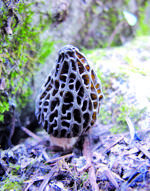 Some years later I found myself in the mountains near Side, Antalya. To be more precise I was in Akseki village. This is a very nice, rustic little place where the sound of water is overwhelming. Everywhere in the little village water is visible or audible, so I assumed that this should be the place to be in order to find morels. According to the people in the village this is the right place to be but… this year it rained early and after that it did not rain anymore. And this is very important for the morel; it loves rain. The best time to find morels is from March until May, so I was maybe a bit early but decided to try my luck. With a guide and my crew (I was here to make a program about morels), we headed for the Gidengelmez Mountains. We stopped at several places but wherever we looked, no morels. Again no morels… Then suddenly Selda, my assistant, shouted to us that she thought she had found a morel. We were all surprised, but when we looked she had indeed found one (!) morel. Here is where television making becomes a lie; my cameraman Aydın came, focused on the morel and then I came and cut the morel. Unfortunately this is how television works. Selda should have got the honor, but it was I who “found” the morel. Even our guide was surprised. All he could utter was, “But I walked here before. How come I didn’t see this morel?”
Some years later I found myself in the mountains near Side, Antalya. To be more precise I was in Akseki village. This is a very nice, rustic little place where the sound of water is overwhelming. Everywhere in the little village water is visible or audible, so I assumed that this should be the place to be in order to find morels. According to the people in the village this is the right place to be but… this year it rained early and after that it did not rain anymore. And this is very important for the morel; it loves rain. The best time to find morels is from March until May, so I was maybe a bit early but decided to try my luck. With a guide and my crew (I was here to make a program about morels), we headed for the Gidengelmez Mountains. We stopped at several places but wherever we looked, no morels. Again no morels… Then suddenly Selda, my assistant, shouted to us that she thought she had found a morel. We were all surprised, but when we looked she had indeed found one (!) morel. Here is where television making becomes a lie; my cameraman Aydın came, focused on the morel and then I came and cut the morel. Unfortunately this is how television works. Selda should have got the honor, but it was I who “found” the morel. Even our guide was surprised. All he could utter was, “But I walked here before. How come I didn’t see this morel?” Exactly this is the exciting thing about being a morel hunter. It is not easy to find them. Their natural camouflage is so very good, even one meter away from the morel you sometimes do not see them.
Important rule
To remove morels there is a very important rule: Always cut a morel with a knife; do not pull it out of the soil! If you pull it out, you damage the mycelium and as a result the morel will not grow there anymore. But if you cut them, then next year the morel will grow again in the same place. So I cut the morel and took it with me. What is possible here in Turkey is not allowed in the Netherlands. In the Netherlands it is forbidden to pick morels since they are endangered, but here in Turkey you can find them “everywhere.”
Without finding enough morels to make a decent meal, we left the village. The next stop was Cevizli Kasabası, a small village between Akseki and Side. There it would be possible to buy morels, but even there it was hard to find them. I succeeded and bought 500 grams of these wonderful mushrooms. For me it was time to make my food, and I had a very special place in mind: the Temple of Apollo in Side. For my program “Wilco’yla Yaşasın Yemek” I always make, at the end of my program, some food, but I do it in an open-air place. What would be more fun than making some food at the Temple of Apollo this time, I thought, so there I sat with my little picnic gas burner and my little table. In the background there was this beautiful temple, and the sun slowly set. Around me were hundreds of tourists, but I did not care; I had a mission to fulfill. I had to make some nice food with morels. That evening it turned out that it was inspired by nouvelle cuisine. My dishes were two small envelopes of cucumber filled with morels and iceberg lettuce stuffed with morels. Looking at the results I was happy; this would be suitable for a Michelin star restaurant.


